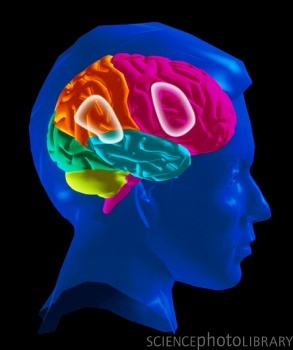 Increasing numbers of helping professionals are including animal-assisted therapy – sometimes called pet therapy– in their work with clients of all ages. In particular, this approach is being used with children who have been traumatized by abuse or neglect. Consider 10-year-old Robbie who has lived in foster care for the last two years after previously being physically abused by his father and brother for more than seven years. Many of Robbie trauma reactions were helped by art and play therapy and family intervention, but he still had some problems with self-regulation and nightmares.
Increasing numbers of helping professionals are including animal-assisted therapy – sometimes called pet therapy– in their work with clients of all ages. In particular, this approach is being used with children who have been traumatized by abuse or neglect. Consider 10-year-old Robbie who has lived in foster care for the last two years after previously being physically abused by his father and brother for more than seven years. Many of Robbie trauma reactions were helped by art and play therapy and family intervention, but he still had some problems with self-regulation and nightmares.
Robbie’s counselor decided to try animal-assisted therapy with him, believing that positive interaction with an animal might make a difference. She introduced Robbie to Scout, a trained therapy dog; at first Robbie was a little afraid because he had never had the opportunity to play with a dog before in his life. She worked with Robbie to help him feel comfortable, modeling how to pet and play with Scout over the course of several meetings. In brief, through regular animal-assisted play therapy sessions with Scout and his counselor, Robbie’s relationships with others began to noticeably change. His behavior became less erratic and more predictable and his nightmares ceased; Robbie developed more healthy attachments and relationships with his foster family members and other children and a newly-found confidence in himself.
According to well-known play therapist Rise VanFleet (2007) animal-assisted play therapy is “the use of animals in the context of play therapy, in which appropriately-trained therapists and animals engage with children and families primarily through systematic play interventions, with the goal of improving children’s developmental and psychosocial health as well as the animal’s well-being. Play and playfulness are essential ingredients of the interactions and the relationship.” This form of intervention most often involves dogs, but other types of animals [cats, birds, rabbits, horses, and dolphins, among others] can be part of treatment, too.
There are many studies on how and why animal-assisted therapy can help children like Robbie. Some of the benefits of animal-assisted therapy include:
1) reducing resistance and increasing attachment;
2) enhancing empathy;
3) teaching appropriate communication skills;
4) building confidence;
5) enhancing the ability to self-soothe;
6) prevention of animal abuse [sometimes seen in children who have been abused or neglected].
If you are not familiar with animal-assisted therapy, what are your options to include this form of intervention in your work with children? One, of course, is to train your own therapy dog; many of my colleagues have done this with their own pets, but be prepared for a lot of commitment to training and follow-up. Some therapists who have their own therapy dogs keep their animals present at all times in their sessions [barring situations that preclude having animals present]. Others may include dogs in play therapy sessions periodically or for a short portion of the session depending on goals for treatment and the personalities and temperaments of the animal and the child.
The other option is to engage the services of a professional in the field of animal-assisted therapy. In this case, you may want to visit the American Humane Society website (see link below) for more information or your local metropolitan or state organizations for a referral to a qualified and experienced individual in your area. Like many helping professionals who work with children, you might just become interested in learning more about introducing your own “furry therapist” to your work, too!
Be well,
Cathy Malchiodi, PhD, LPAT, LPCC
References
American Humane Society. (2011). About animal-assisted therapy. See http://www.americanhumane.org/interaction/programs/animal-assisted-therapy/about/.
VanFleet, R. (2007). Pet play therapy: A workshop manual. Boiling Springs, PA: Play Therapy Press.




